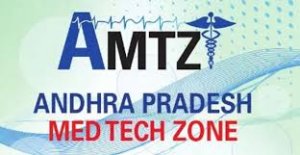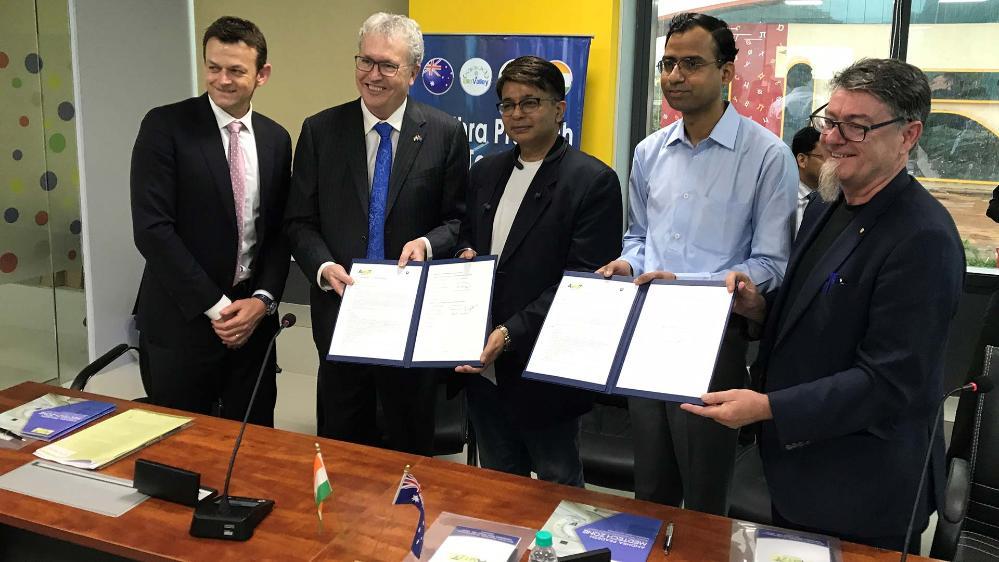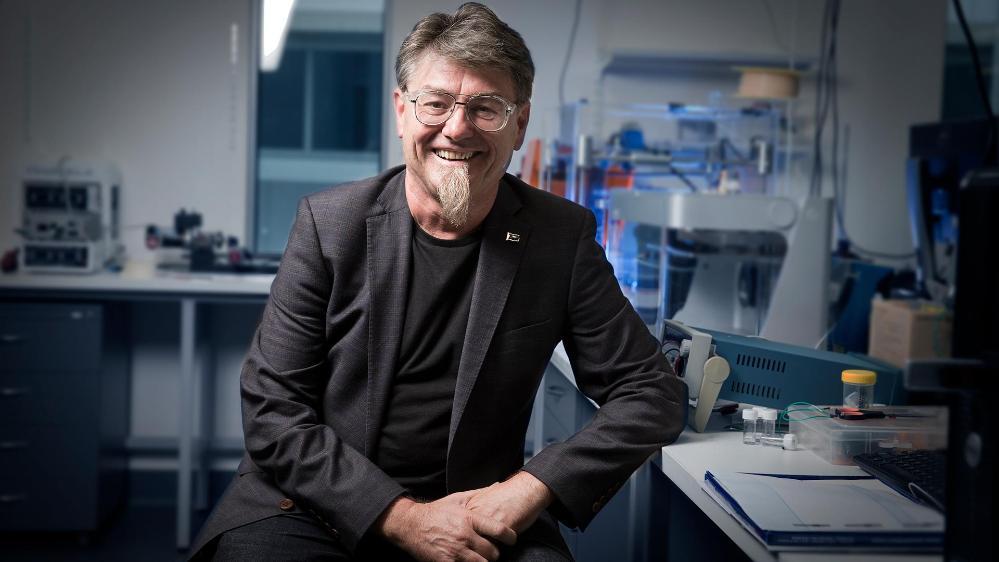The Indian research community is catching up with the world’s bioprinting innovations. From university labs to startups, the country’s foremost innovators are using 3D bioprinters and developing their own to advance the field. For example, last June, Next Big Innovation Labs, a biotechnology company based out of Bengaluru, became the first in India to build a completely customizable bioprinter that responds to some of the local demands of bioengineers. Meanwhile, Alfatek Systems has been working in the 3D bioprinting field in India for the last three years manufacturing its Alfarod 3D bioprinter. There have been plenty of smart solutions throughout these last few years in 3D bioprinting in the South Asian country, and with a growing population and healthcare demands rising, the biotech sector is preparing for the future.
 To help in this transition, Australia’s University of Wollongong (UOW) is partnering with India’s Andhra Pradesh Medtech Zone (APMZ) to develop 3D bioprinting techniques. The strategic collaboration was signed on September 10 in Visakhapatnam (Vizag), India, and encompasses a series of joint training initiatives, including a project to develop a scan and printing package to produce 3D printed ears, as well as innovative programs to support widespread deployment of the technology in India and Australia.
To help in this transition, Australia’s University of Wollongong (UOW) is partnering with India’s Andhra Pradesh Medtech Zone (APMZ) to develop 3D bioprinting techniques. The strategic collaboration was signed on September 10 in Visakhapatnam (Vizag), India, and encompasses a series of joint training initiatives, including a project to develop a scan and printing package to produce 3D printed ears, as well as innovative programs to support widespread deployment of the technology in India and Australia.
Joint training initiatives will primarily focus on 3D biofabrication, one of the specialties at Wollongong. In fact, the University’s Translational Research Initiative for Cellular Engineering and Printing (TRICEP) will provide critical input into both research and training initiatives. TRICEP houses world-leading research infrastructure to develop innovative technologies in 3D bioprinting, which include printer manufacturing, biomaterials, and bioinks.
During the signing of the Memorandum of Understanding (MOU) for the strategic partnership, there was a team from the University of Wollongong, led by Gordon Wallace, Director of the ARC Centre of Excellence for Electromaterials Science and a renowned professor and researcher in the field of electro materials science. Wallace is particularly known for his innovative use of nanotechnology in conjunction with organic conductors to create new materials for energy conversion and storage, as well as medical bionics. One of his top creations along with Peter Choong, Director of Orthopaedics at St Vincent’s Hospital Melbourne, is the BioPen, an innovative 3D bioprinting device which allows surgeons to draw new cells directly onto the bone. Wallace has been identifying and customizing materials and bioprinters to deliver solutions for decades. One of his most recent leading projects includes a specialist Pancreatic Islet Cell Transplantation (PICT) bioprinter.
Other members of the visiting delegation included representatives from Austrade and Australia’s Department of Foreign Affairs and Trade; UOW’s Vice-Chancellor, Professor Paul Wellings; and Jitendar Sharma, Managing Director and CEO of AMTZ and Advisor (Health) to Government of Andhra Pradesh, India. Sharma is known as the ‘Med Tech Man of India’ in policy forums.
“As a research-intensive university with internationally renowned expertise in this field, UOW is very proud to be part of this exciting new precinct that will put India on the global map of high-end medical equipment production and make health care products more affordable and accessible in India but across the world,” said Wellings.
In addition, not only will this precinct make health care products more affordable and accessible in India but also across the world. The MOU would provide avenues for further collaboration in research, teaching, and manufacturing between both institutions.
[Image: the University of Wollongong and Andhra Pradesh Medtech Zone]Subscribe to Our Email Newsletter
Stay up-to-date on all the latest news from the 3D printing industry and receive information and offers from third party vendors.
You May Also Like
Further Understanding of 3D Printing Design at ADDITIV Design World
ADDITIV is back once again! This time, the virtual platform for additive manufacturing will be holding the first-ever edition of ADDITIV Design World on May 23rd from 9:00 AM –...
3D Printer Maker EVO-tech Reborn as NEVO3D — Once More With Feeling
EVO-tech was a 3D printing service and original equipment manufacturer established in 2013 and based in Schörfling am Attersee, Austria. The company produced high-quality material extrusion systems featuring linear bearings,...
3D Systems Brings 3D Printed PEEK Cranial Implant to the U.S. with FDA Clearance
For more than 10 years, 3D Systems (NYSE:DDD) has worked hand-in-hand with surgeons to plan over 150,000 patient-specific cases, and develop more than two million instruments and implants from its...
CDFAM Returns to Berlin for Second Annual Symposium
The second CDFAM Computational Design Symposium is scheduled for May 7-8, 2024, in Berlin, and will convene leading experts in computational design across all scales. Building upon the first event...



































